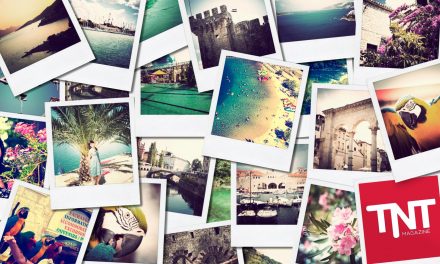The park ranger turns slowly and presses his index finger to his lips, signalling for silence. We freeze in our tracks wondering whether we’re about to meet savage, gun-toting rebels or a startled, chest-beating ape around the next corner. Lurking in this dense Virunga forest are not only the world’s last few mountain gorillas, but also armed guerrillas continuing to fight long after the civil war that tore the Democratic Republic of Congo apart.
This had preyed on my mind as we’d picked our way through the tangled mass of tree roots and creepers, with armed rangers at the front and back of the file. “They are here for your protection”, park ranger Innocent had reassured us. But what he’d failed to mention were thehundred rangers killed or kidnapped in the last decade trying to protect the National Park.
STALE PHEROMONES
But it appears that today will not be our last. Having followed a trail of clues through the forest, we’ve finally caught up with Humba and his family. The air is thick with a humid, earthy aroma laced with a cocktail of stale pheromones stronger than the whiff of a singles night. The rangers issue soft grunts as we approach to reassure the group we’re neither rivals nor poachers. Although it’s usually just for show, a gorilla charging in your direction is terrifying nonetheless.
A slumbering Humba greets us with a sly raise of one eyelid. Seemingly unimpressed by our arrival he quickly returns to his sleepy repose, hand resting on his huge, rotund belly as he bathes in a pool of warming sunlight. He certainly lives up to his name, meaning ‘placid’. His relations are sprawled across the leafy, forest floor in the same manner, gorged on a feast of bamboo. I feel like I’ve intruded on a family siesta.
Like many teenagers, Humba didn’t get on with his father and after coming to blows in 1998, he left, taking eight relations with him. His father Rugendo died in 2001, caught in the crossfire between opposing rebel groups. As a target for bush meat and infant-trafficking, the gorillas are stalked by many shadows. With such threats to their survival, a seven-metre distance is enforced to ensure the gorillas aren’t exposed to any risks from tourists.
A rustling behind us alerts the rangers to an impending raid on our backpacks. We spin round to be greeted by the cheeky and adorable face of Semakuba, who looks more like an ewok than a gorilla. His large, dewy eyes could melt the coldest of hearts and we giggle as he climbs and swings on the bamboo above our heads. Our permitted hour passes quickly. As we turn to leave, Humba shamelessly offers a loud fart as his best attempt to say good-bye.
BLEAK FUTURE
During the two-hour jeep ride back to the Ugandan border, I wonder why our tour company would even bring visitors here with most governments listing the area as dangerous. Some 20,000 Congolese refugees had crossed into Uganda a week earlier to escape the fighting. I’m encouraged by Daniel, our tour guide, as he reflects that “it’s better [the tourists] come slowly than not at all”. In his mind, increased tourism will bring peace in its wake.
Sadly, his hopes have not yet been fulfilled. Since my visit, Humba’s forest is now overrun with guerrillas, not gorillas. “We thought that we were moving forwards, and now we are going backwards” Innocent blogged recently as the rangers wait in frustration, having lost track of all three families in a forest too dangerous to patrol. In July four relations from the old Rugendo family were slaughtered, making nine gorilla deaths this year. With only a few hundred gorillas left in the Virungas, the future is looking very bleak indeed for Humba and his fellow primates. Dian Fossey must be turning in her grave.







